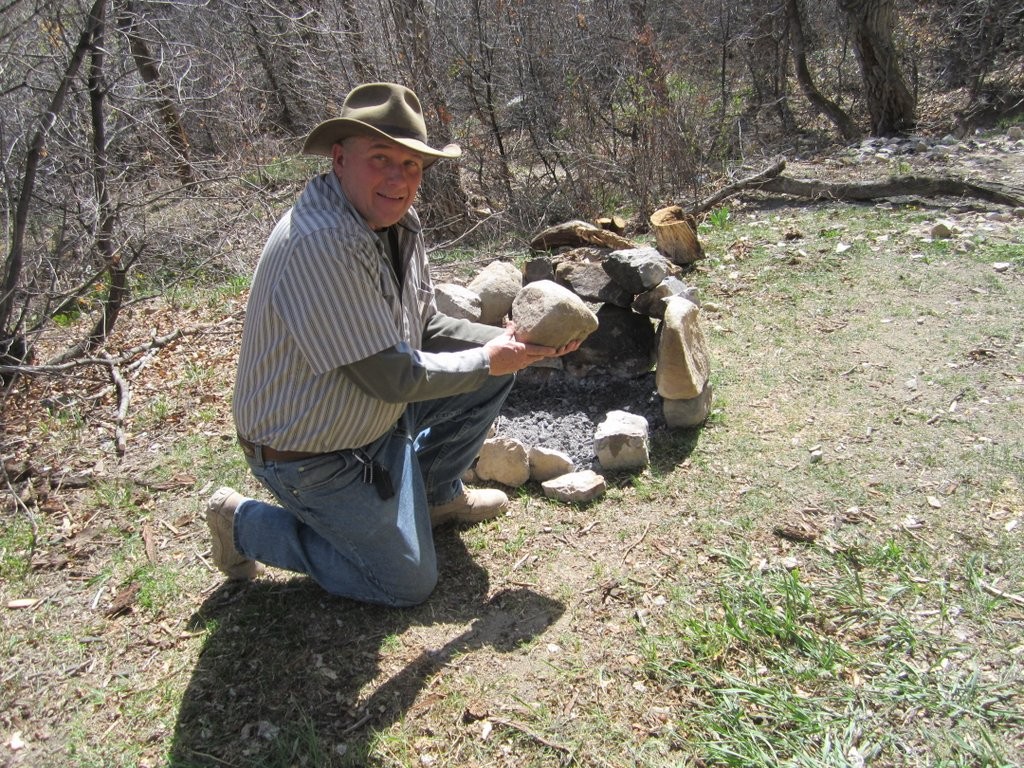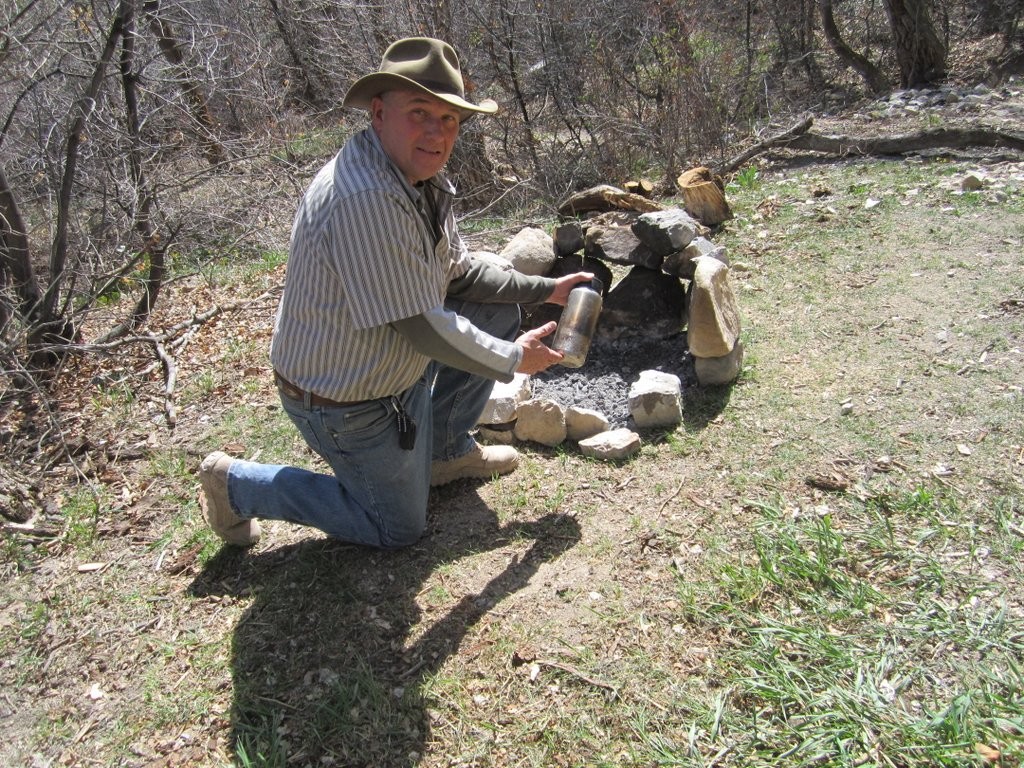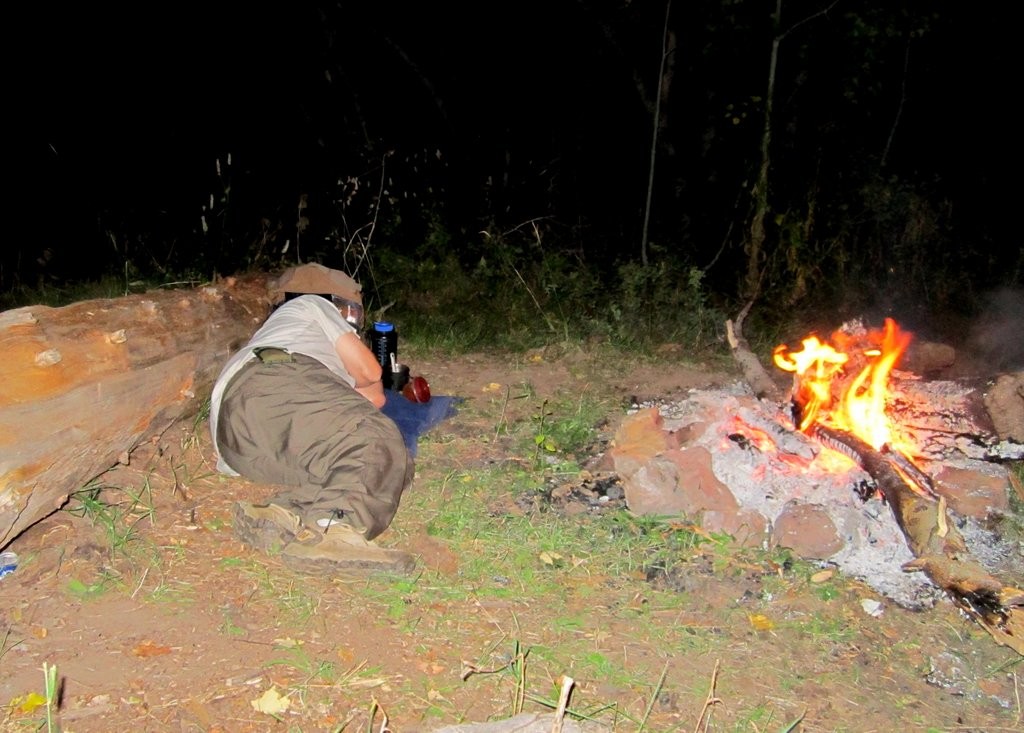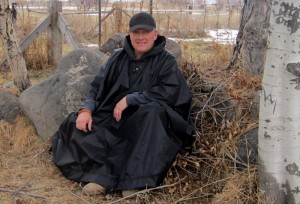Tips for a better Sleep at Camp
Last week my blog talked about Comfort Ratings of sleeping gear. The importance of it all is in reality comfort, and as I mentioned, if you are not sleeping, you are not comfortable. Over the years I have learned how to have a comfortable sleep, how did I learn this? From lots of uncomfortable nights trying to sleep. The problem is most people don’t give enough consideration to sleep, so it’s hit and miss. I have the gear to sleep well in virtually any condition, but lots of times I’m carrying minimal gear or testing something different. Since roughly a third of our lives are spent sleeping we should become very good at it. Quality sleep is especially important when away from home, such as out in the woods. Sleep is ultimately more important than anything else in a survival situation. That may seem like an odd statement to make, but it is nevertheless true. A couple years ago I did a blog on sleep deprivation, in my research I found that the effects of lack of sleep can be devastating, especially to the brain. Miss too much sleep and decision making can be impaired, reasoning nearly impossible, the effects can be deadly.
Getting to the heart of the subject, I want to list some of the factors that make sleep difficult, then some tips I have found that work for me to alleviate some of these. I touched on a couple things in last weeks blog, we’ll cover more in greater detail today. Here’s a list
- Fear
- Cold
- No Mattress
- Hot/humid
- Mosquitoes/bugs
- bumpy ground
Fear – fear of the unknown has caused many to lay awake all night, expecting the worst. Truth is, not much ever happens to most people, it’s the few we know about that put the fear into us. I think some of the TV programming adds to this unreasonable fear, with shows where everything that could go wrong does. What is there to fear, mostly people fear animals and creeping critters. Bears are one of the universal creatures that cause a lack of sleep. We should take the standard measures in dealing with food and such in bear populated areas, such as keeping food out of reach, eating in an area away from the sleeping area, beyond that don’t worry about it. People put a lot of faith in a tent which is no protection at all from a bear. I once camped with a group in which one of the members had never camped before in his life. We packed in to our camp spot high in the mountains. I helped some of the group get settled as we arrived at our camp after 10 pm. I was tired and just laid on the ground with a tarp over me. We were in a grove of large pine trees so the ground was thick with soft pine needles. I slept like a log. The new guy we found out the next morning hardly got any sleep at all. He lay in his new tent, fearing every noise, a small branch rubbing his tent became a bear. He finally got some sleep when he said to himself, Perry is out there just on the ground, if a bear comes around it will attack him first. Over the years I’ve slept in the desert, home to scorpions and snakes, in the southeast US with snakes and spiders and much more, never a problem. This is not to say something couldn’t happen, just that it usually doesn’t, most of our fears never come to pass. The more you camp the less fear you will have.
If you are cold, you will not sleep well, if at all. Most people who say they didn’t sleep well due to being too cold really have only one area that is cold, their feet. Solve that problem and you are good. Some things I’ve done for feet and the body in general over the years I’ll talk about next.
Keeping feet warm
- Clean dry socks for bedtime, thick socks
- Wrap a sweatshirt or sweater around them, or put them in a knit cap
- Nothing tight around legs or feet, avoid reducing circulation
- Hot rock from fire, must be cool enough to wrap in a towel, blanket, hoodie, or something to protect from burns
- Water bottle with boiling hot water, pull a sock over the bottle to prevent burns
Keeping the body warm
- If ground is cold/cool elevate up off of it. Insulate between body and ground. Build up 8-12 inches of dry leaves, pine or juniper boughs, willows, reeds, small branches, or dry grass.
- In winter weather, elevating gets you above the coldest air which settles to the ground
- Build a long fire for a few hours, move the fire over removing all coals, add a layer of dirt and dry materials, then sleep on the warm ground.
- If you build an elevated bed with poles and boughs, the whole underneath can be filled with hot rocks from the fire.
- A row of hot rocks behind you when sleeping on your side can add lots of comfort, even if just behind the upper body
- A cantaloupe sized hot rock nestled against the chest or abdomen can offer a great deal of comfort for 5 or more hours
- One of my favorites that has less worry about burns is a stainless steel bottle like the Klean Kanteen 40 oz. Fill it with water, place by fire or on stove, bring to boil, put lid on. If too hot pull a sock over it. Cuddle up with it or put it down by your feet. If you sleep on your stomach you can put it between arm and chest or between legs. Used in this manner I will stay pretty cozy all night long.
- If you can sleep against a sizable fallen log, build a good fire a couple steps away and let the fires heat warm the log for a couple hours while doing other things. When you go to bed sleep close to the log, it will warm your back and the fire will warm your front. Tip-the colder the weather the closer the fire.

Sleeping when it’s hot and humid – In my years living in the Southeast US, I learned what for me was the most comfortable. I like to take a cotton bed sheet with me. When going to sleep strip down to underwear, then I take the sheet and drape over me. It seems to be more comfortable to me than just laying there with nothing over me.
Hammock sleeping-I don’t know if I even need to mention anything here as there is so much info out there.
- I use our Poncho (PSS) as a hammock, I currently don’t own any other hammock. In cold or warm weather I often like the comfort of snapping in our fleece liner as it offers a pleasant layer between the body and the hammock fabric. I don’t have to do it, but it can make things even cozier.
- In cool or cold weather I like to have a blanket inside the hammock, like our PSB survival blanket, then I wrap our large PSB (PSBL) around the hammock securing the head and foot ends closed with the included shock cord loops, the edge of the blanket can then overlap and hang over the side. I am totally enclosed and very comfortable.
- An alternative if you have a sleeping bag that zips all the way down. Unzip it drape it over the hammock then zip up. Slide it down towards the foot end to get into the hammock, once in pull it up over you.
- In rainy or very humid weather when using a tarp over the hammock be sure to pitch it away from the hammock enough that you are not always touching it. It will likely become damp with condensation. If you are able to, set up to allow a breeze to ventilate it. Pitch the tarp snugly to keep it off you.
Odds and Ends
- Although I’m generally a side sleeper, I have found it very comfortable to sleep on my stomach when sleeping on the ground. I never sleep on my stomach normally.
- Most of my life I have fashioned a camp pillow from whatever I have and either folding or rolling it up. I have found a new luxury, I take a piece of soft foam about 14″ – 16″ wide and roll it up till about 8 or 10″ in diameter, it is heavenly all though plain and ugly looking.
- One of the most important things to do for a good nights rest if you are not in a hammock, is to make sure where you lay is comfortable without anything bothersome or irritating under you. A good quality sleeping pad is well worth it since if where you lay is not comfortable your sleep will not be either. In the absence of a sleeping pad, a mattress of dry grass, leaves, pine or juniper boughs to a depth of around 12″ will do wonders.
- Obviously if you are out during bug season, flies and mosquitoes can easily ruin what otherwise would be a good rest, in this case a good bug net can be invaluable.
- In certain more extreme conditions it may be more practical to sleep in the day and stay up at night.

Well that’s a start and a few of many tips I could offer on how to obtain a good nights rest. Until next time this is Perry Peacock for “Simplifying Survival”




Perry,
I had only two incidents while serving while serving four years sleeping in holes in the ground and other less than pristine places. Once I got stepped on by a cow (we moved into position at night and I ended up sleeping directly on a trail) and once a little furry critter shared the hood of my mummy sleeping bag. I didn’t have my head in at the time so the “vacancy” sign must have been lit. It got stuck and woke me up when it tried to get out. It rattled me a bit at the time but I figured that was one “what if…?” that I could check off as to ever happening again. I haven’t worried about the critter situation since.
Kayle Dutson
Kayle,
One time I was sleeping in a shelter with an open front, I was laying on my back. During the night I felt something breathing on my face, which was a bit disturbing, then when some drool landed on my forehead, that got my attention. In the end, it was just a cow, haha.
Perry